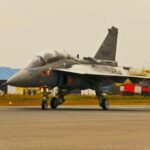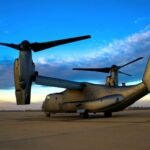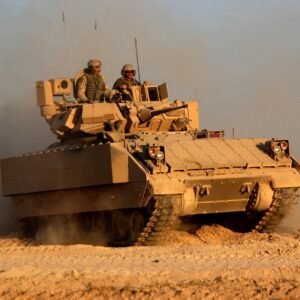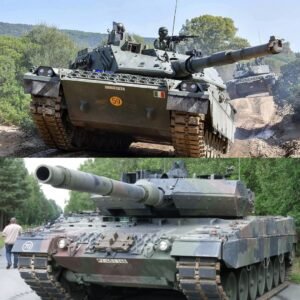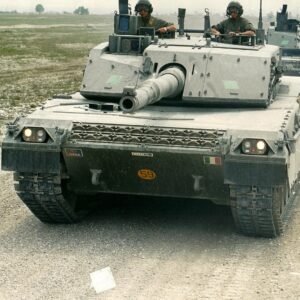Introduction of Abrams Battle Tank
The Abrams Battle Tank is a highly sought-after topic for military enthusiasts and defense industry professionals alike. As the main battle tank of the United States Armed Forces. The Abrams have proven their versatility and dominance in numerous combat operations around the world. With its advanced technology and robust design, the Abrams remains a powerful symbol of American military strength

The Abrams Battle Tank, officially known as the M1 Abrams. It is a third-generation main battle tank that has been in service with the United States Armed Forces since 1980. The tank is named after General Creighton Abrams, a former US Army Chief of Staff and commander of US military forces during the Vietnam War.
The M1 Abrams was developed as a replacement for the M60 Patton tank, which had been in service since the 1960s. It was designed to provide superior firepower, mobility, and armor protection compared to its predecessor. Over the years, the Abrams have undergone several upgrades to keep up with changing technological advancements and evolving battlefield conditions.
Design and Development of the M1 Abrams
The M1 Abrams was developed to replace the aging M60 tank and was designed to be fast, highly maneuverable, and heavily armored. The development of the M1 Abrams was a multi-stage process. Which began with a series of prototypes and culminated in the production of the first M1 Abrams tanks in 1980. The M1 Abrams was designed with several key features, including a high-power engine, advanced fire control and targeting systems, and heavy armor protection. Over the years, the M1 Abrams has undergone several upgrades and modifications to keep pace with changing technologies and evolving military requirements.

General Features of the M1 Abrams Battle Tank
The M1 Abrams is powered by a Honeywell AGT1500C turbine engine, which provides exceptional power and maneuverability. The armor protection of the M1 Abrams is also impressive, with a combination of steel, composites, and ceramic materials used to protect the crew and vital components.
- Weight: Approximately 68-70 tons
- Length: 9.83 meters
- Width: 3.66 meters
- Height: 2.44 meters
- Powerplant: Honeywell AGT1500C turbine engine, producing 1500 horsepower
- Maximum road speed: 72 km/h
- Range: 483 km
- Crew: 4 -commander, gunner, loader, and driver
- Electronic systems: Fire control, targeting, and navigation systems including thermal imaging and laser rangefinding.

Suspension System
The tank features a hydropneumatic suspension system that provides a smooth ride for the crew and improves the tank’s stability when firing its weapons. This system allows the tank to adjust its ground clearance and maintain a level position, even on uneven terrain.
Armor Protection
The Abrams’ armor protection is a combination of steel and composite materials that provide excellent protection against various types of threats, including small arms fire, rocket-propelled grenades, and improvised explosive devices. The tank is also equipped with an active protection system that can detect and defeat incoming threats before they reach the vehicle.
Main Gun
The M1 Abrams is armed with an M68A1 105mm rifled gun that can fire a variety of rounds, including high-explosive anti-tank, armor-piercing fin-stabilized discarding sabot (APFSDS), and canister shot.
Secondary Weapons
The tank also has a co-axial 7.62mm machine gun and a commander’s independent thermal viewer (CITV), which provides the crew with a 360-degree view of their surroundings. The CITV allows the commander to direct the tank’s main gun, even when the turret is not pointed in the same direction.

Communication and Navigation Systems
The Abrams is equipped with various communication and navigation systems, including a battle management system that allows the tank to share information with other military vehicles and aircraft. This enables the crew to receive real-time information about the battlefield and make better-informed decisions.
Night Vision
The M1 Abrams is equipped with night vision capabilities, allowing the crew to operate the tank in low-light conditions and maintain situational awareness on the battlefield.
Crew Comfort
The Abrams has a spacious and well-appointed crew compartment that provides a comfortable working environment for the crew, even in harsh conditions. The tank also has an air conditioning system that helps to maintain a comfortable temperature inside the vehicle.
Abrams Battle Tank Prototypes
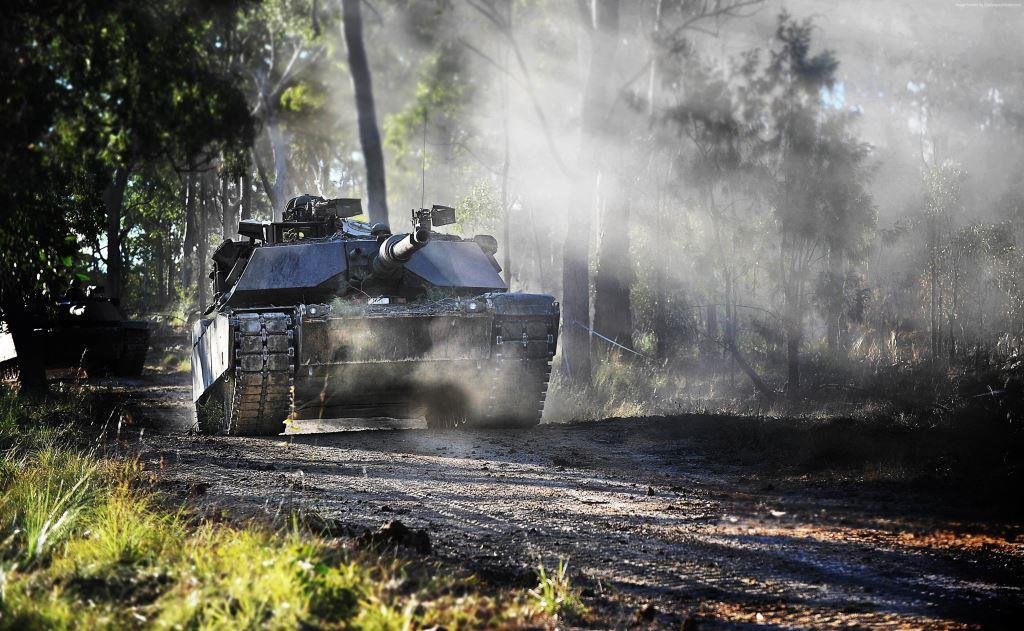
The development of the M1 Abrams Battle Tank involved several prototypes, each with its own unique design and capabilities. Here are some of the key prototypes that were developed prior to the production of the final M1 Abrams:
- XM-1: This was the first prototype of the M1 Abrams, which was developed in the late 1970s. The XM-1 was equipped with a gas-turbine engine and an M60 tank chassis. It was tested extensively and provided valuable data for the development of the final M1 Abrams design.
- XM-1E1: This was an improved version of the XM-1 prototype, which was developed to address some of the issues that were identified during testing. The XM-1E1 was equipped with a more powerful engine and improved armor protection.
- XM-1E2: This was a further improved version of the XM-1E1 prototype, which incorporated new features and technologies, including an advanced fire control system, a laser rangefinder, and improved night vision capabilities.
- M1: The final production version of the M1 Abrams, which was based on the design of the XM-1E2 prototype. The M1 was equipped with a Honeywell AGT1500 multi-fuel turbine engine, improved armor protection, and a range of advanced communication and navigation systems.
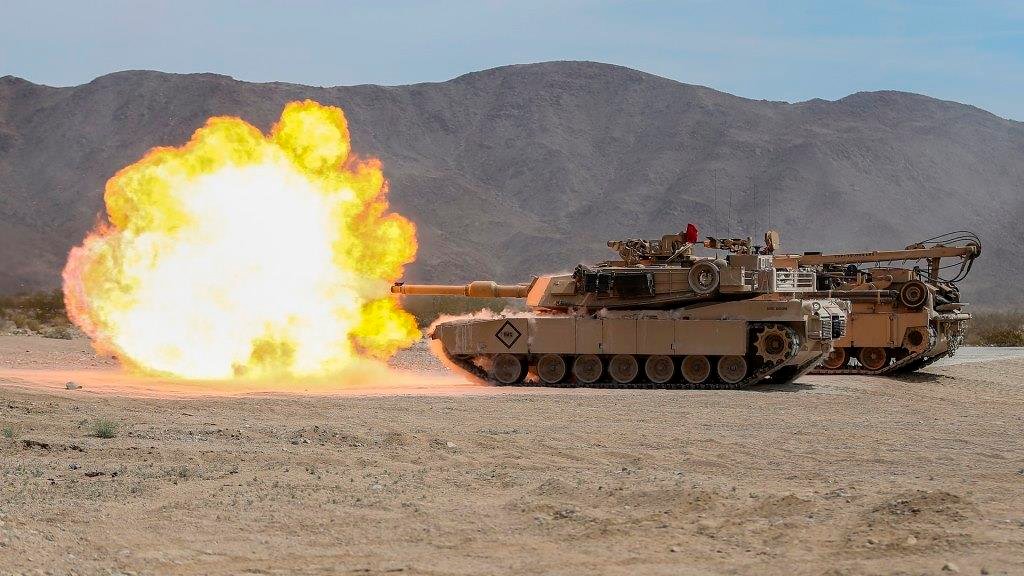
These prototypes played a critical role in the development of the M1 Abrams Battle Tank, as each iteration helped to refine the design and improve its capabilities. The final version of the M1 Abrams has become one of the most advanced tanks in the world. It continues to play a vital role in the US Armed Forces and in military operations around the world.
Abrams Battle Tank Variants
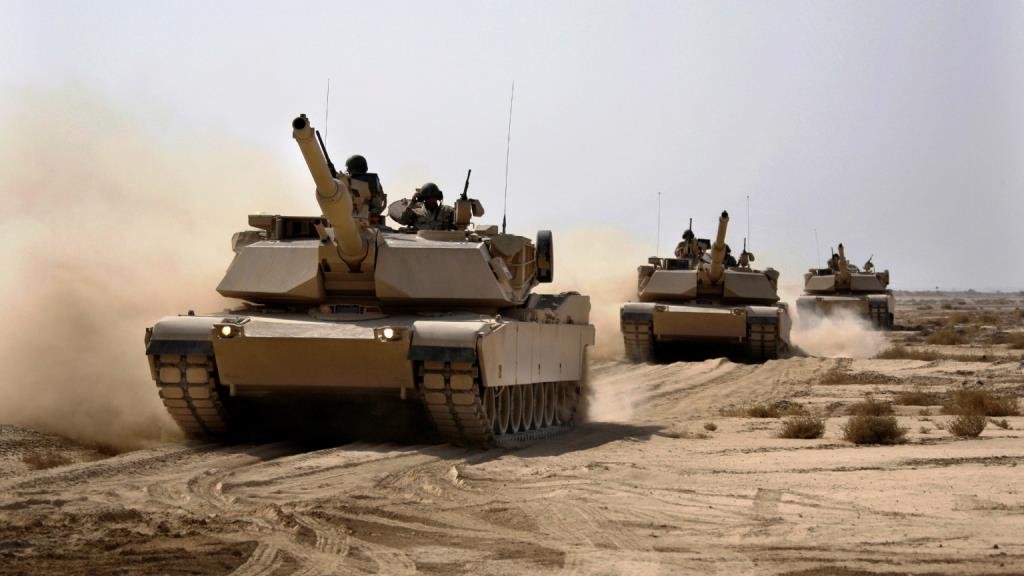
The M1 Abrams Battle Tank has undergone several upgrades and modifications since its introduction. Its several variants have been developed for specific missions and requirements. Here are some of the key variants of the M1 Abrams:
- M1A1: This was the first upgrade of the M1 Abrams, which was introduced in the late 1980s. The M1A1 was equipped with a more powerful engine, improved armor protection, and a range of advanced communication and navigation systems.
- M1A2: This was the second upgrade of the M1 Abrams, which was introduced in the 1990s. The M1A2 was equipped with improved armor protection, a new command and control system, and advanced electronic systems, including a digital fire control system.
- M1A2 SEP (System Enhancement Package): This was a further upgrade of the M1A2. It incorporated new technologies and features, including improved target acquisition capabilities, improved navigation systems, and a new power distribution system.
- M1A2 SEPv2 (System Enhancement Package v2): This is the latest upgrade of the M1 Abrams. It incorporates new technologies, including an improved fire control system, advanced situational awareness systems, and improved crew safety features.
- M1A3: This is a planned future variant of the M1 Abrams. It will incorporate advanced technologies and features, including improved armor protection, a new powerplant, and advanced electronic systems.
Role of the M1 Abrams in Modern Military Operations
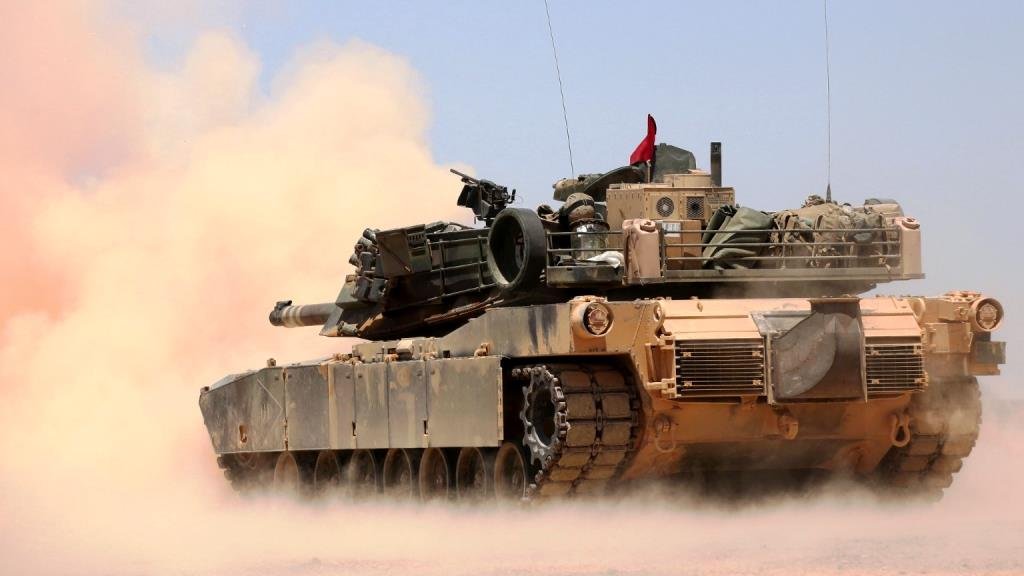
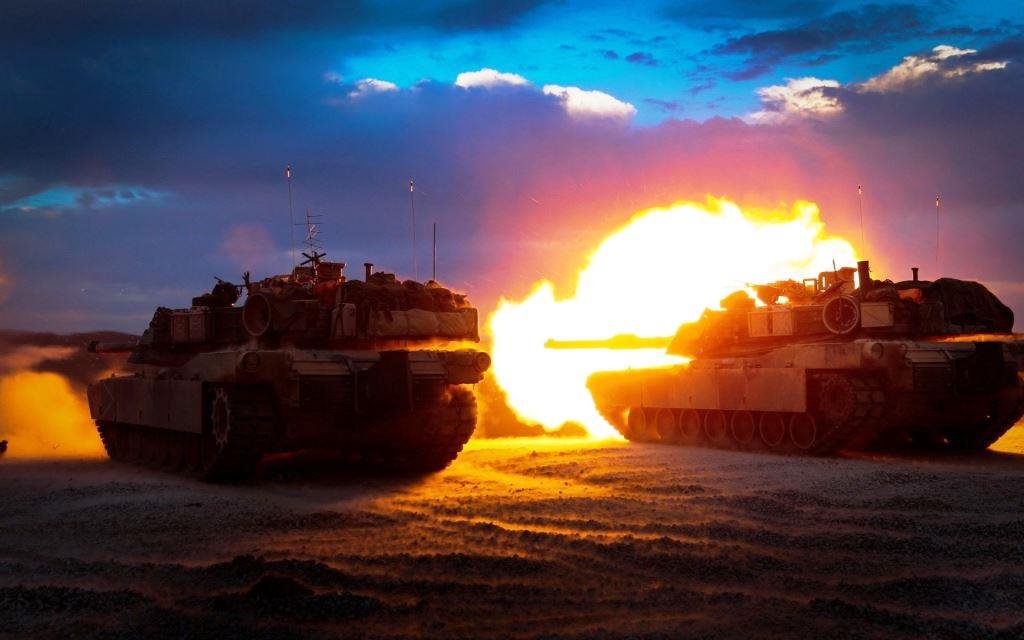
The M1 Abrams has played a critical role in modern military operations. It has been used in a wide range of scenarios, from peacekeeping missions to full-scale wars. The M1 Abrams has been deployed to several hotspots around the world, including Iraq and Afghanistan. The tank has proven itself to be a highly capable and effective platform for modern military operations. With its advanced capabilities. The M1 Abrams continues to be a key player in modern military operations. It is an important asset for the US Armed Forces and its allies.
Future of the M1 Abrams Battle Tank
The future of the M1 Abrams is bright. There are plans for future upgrades and modifications to the tank to meet changing requirements and technologies. The M1 Abrams will continue to play a critical role in the US Armed Forces. Its also major role play in military operations around the world for many years to come.
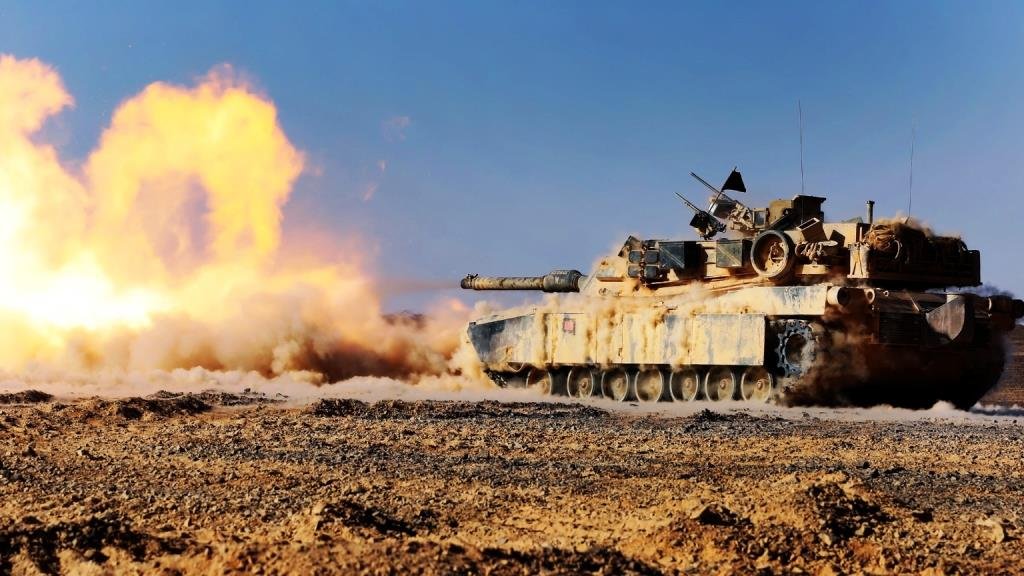
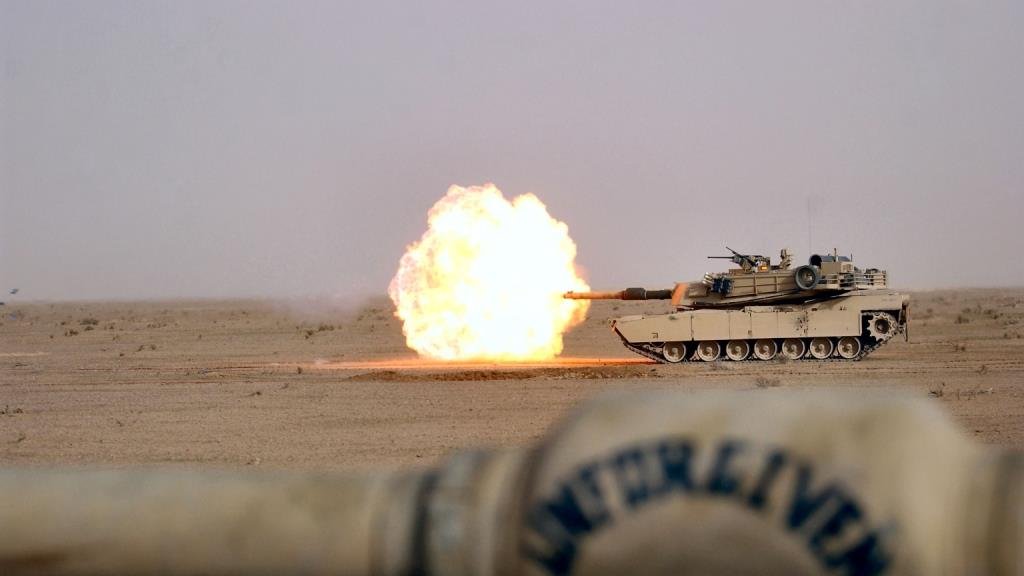
Leopard 2 Tank vs Abrams Battle Tank which is The “Best Tank”?
Comparing the Leopard 2 Tank and the M1 Abrams Battle Tank and determining which is the “best” is subjective and depends on several factors such as the specific mission, terrain, and available resources.
The Leopard 2 is a main battle tank developed by Germany, known for its advanced armor protection and precision firepower. It is designed to operate in challenging terrain and environments.
The M1 Abrams, on the other hand, is an American-made main battle tank that is highly mobile and designed for fast-paced offensive operations. It is equipped with advanced electronics and sensors, as well as powerful armament.
Both tanks have their strengths and weaknesses. The best choice for a specific scenario will depend on a range of factors. It is worth noting that both the Leopard 2 and M1 Abrams are highly capable and advanced tanks that have proven their effectiveness in real-world operations.
Do you know about one more deadly tank The K2 Black Panther Main Battle Tank?


